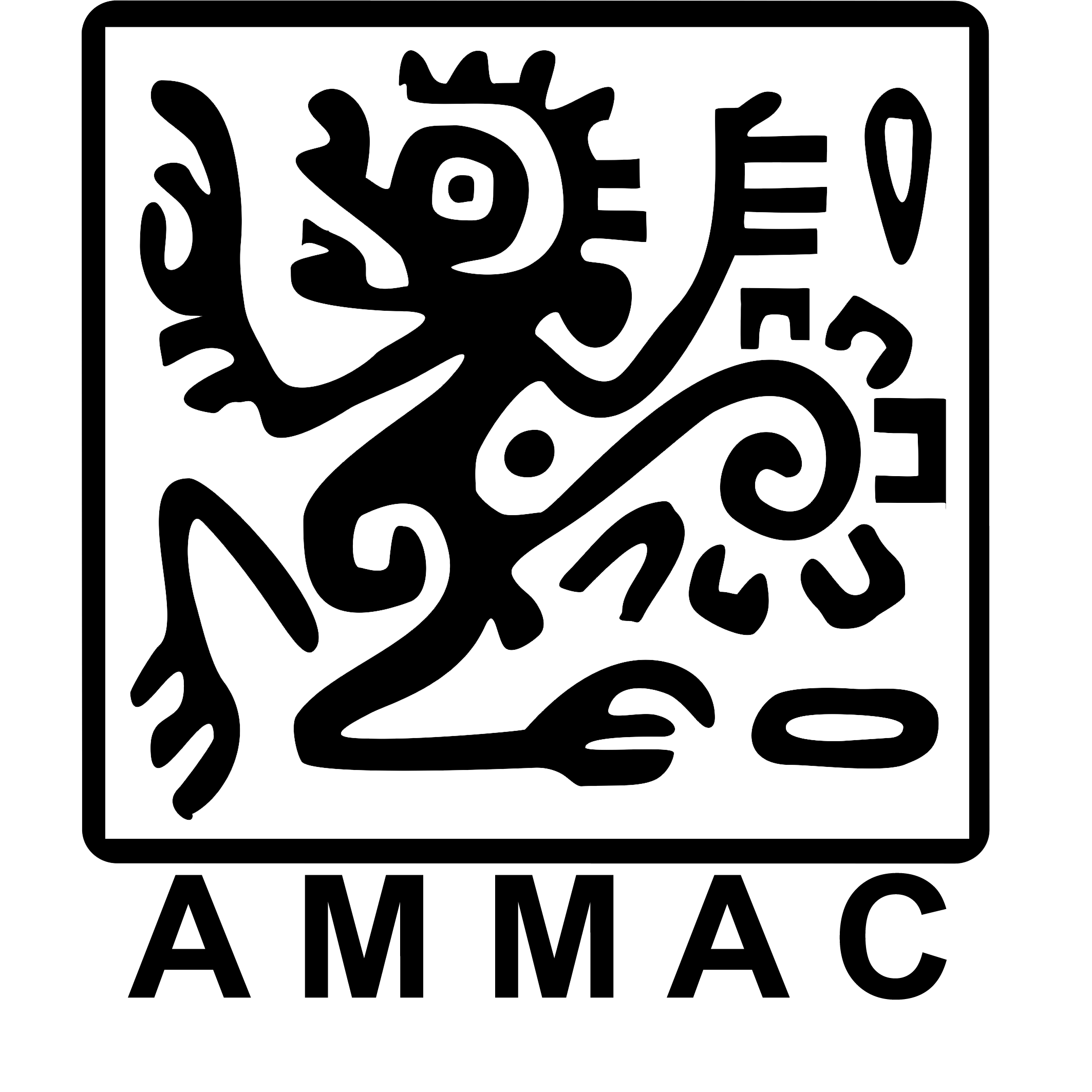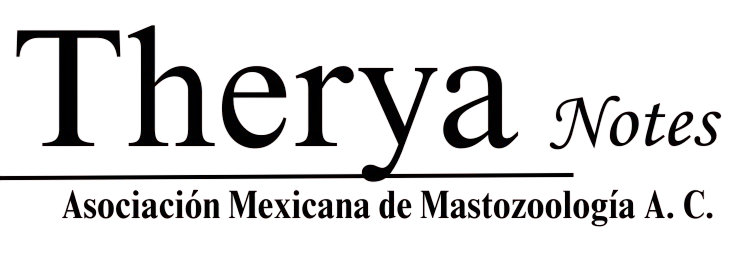New occurrences of Dasyprocta nigriclunis expands species distribution in Caatinga, northeast Brazil
DOI:
https://doi.org/10.12933/therya_notes-24-187Keywords:
Agouti, Brazilian endemic species, camera trap, dry forest, geographic rangeAbstract
The boundaries between Dasyprocta species are still in debate and the distribution of agoutis is also uncertain, especially at Caatinga, northeast Brazil, where both D. prymnolopha and D. nigriclunis exists and there are discordances in synonymize or not these taxa. This note aims to report new records of D. nigriclunis obtained through camera trap monitoring, which expands its distribution area. The survey of Dasyprocta was conducted in Catimbau National Park, Pernambuco State, from June 2023 to July 2024, and in Dom Inocêncio, Piauí State, from January 2019 to June 2022. Camera traps were installed ~40 cm above the ground, programmed to capture 3 photos at 1-min intervals between bursts, and operated 24 hr/day. An interval of 1 hr was used to define independent records, once Dasyprocta species stay for a long time foraging in front of the cameras. The Brazilian government, through Instituto Chico Mendes de Conservação da Biodiversidade, recognizes and considers D. nigriclunis a valid species. Thus, we report 50 new records across 15 survey sites. These findings increase the geographic range of D. nigriclunis, improve the data for the Brazilian Extinction Risk Assessment, indicates potential collection sites and highlights the need of mammals’ survey at Caatinga.
Downloads
Published
How to Cite
Issue
Section
License
THERYA NOTES is based on its open access policy allowing free download of the complete contents of the magazine in digital format. It also authorizes the author to place the article in the format published by the magazine on your personal website, or in an open access repository, distribute copies of the article published in electronic or printed format that the author deems appropriate, and reuse part or whole article in own articles or future books, giving the corresponding credits. The Creative Commons CC BY-NC-SD license is used.![]()















